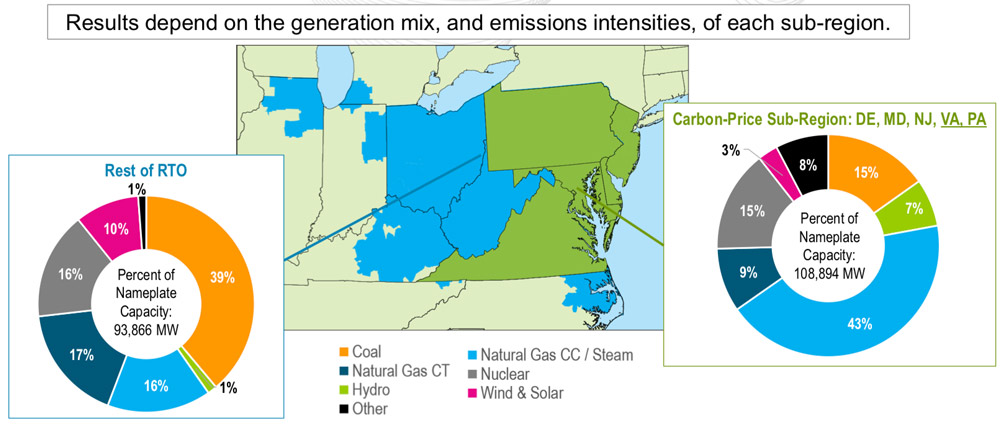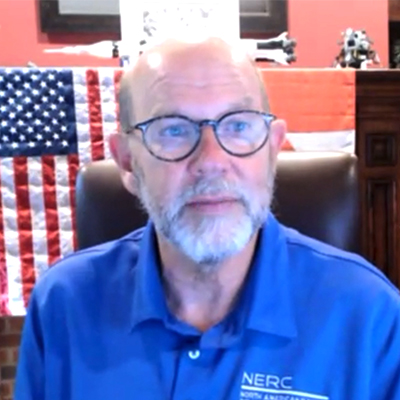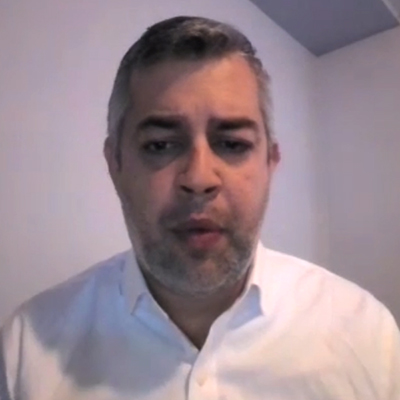Entergy has extended a $588-million settlement offer to regulators in Arkansas, Louisiana and Mississippi over allegations it took advantage of customers through its Grand Gulf Nuclear Station’s energy sales, although some in oversight roles are unhappy with the proposed deal.
The settlement offer stands to resolve more than a dozen FERC dockets filed since 2017 relating to performance and accounting issues at the 1,428-MW Grand Gulf plant in southwestern Mississippi. Entergy said it was making the settlement public as soon as possible because of the dockets involved.
The arrangement would have Entergy admitting no wrongdoing and remitting $235 million to the Mississippi Public Service Commission, $142 million to the Arkansas Public Service Commission, $116 million to the New Orleans City Council, and $95 million to the Louisiana Public Service Commission
The settlement also stipulates that effective July 1, Entergy won’t roll its executives’ bonuses into costs it passes on to customers. Entergy called the proposal a “comprehensive and reasonable effort” to resolve its legal disputes at FERC.
It’s unclear how much of the refunds would ultimately flow to ratepayers. Entergy said it offered the settlement to address uncertainty and further legal expenses.
Grand Gulf station boasts the largest nuclear reactor in the nation. Majority owner and Entergy subsidiary System Energy Resources, Inc. (SERI) sells most of the output at wholesale to Entergy’s Arkansas, Louisiana, Mississippi and New Orleans operating companies.
For years, the Louisiana, Arkansas Public Service Commission and New Orleans regulators have complained about mismanagement and substandard operations at Grand Gulf and sought more than $1 billion in refunds and rate reform for costs passed on to Entergy customers. They said that despite expensive upgrades, the plant has been plagued by frequent outages at customers’ expense. (See Entergy Regulators Ask FERC to Settle Grand Gulf Dispute.)
The regulators also accused Entergy and SERI of massaging accumulated deferred income tax numbers to overcharge customers, overbilling ratepayers for Grand Gulf’s sale-leaseback arrangement, and recovering the costs of lobbying, image advertising and private airplane use in rates through the plant’s sales agreement.
The Nuclear Energy Institute’s data show Grand Gulf is the nation’s worst-performing nuclear plant, with a 66.3% capacity factor from 2018 to 2020. Grand Gulf’s last-place finish is well below the 77.9% capacity factor of Michigan’s Fermi 2, the next least reliable unit in the country.
Mississippi Accepts, NOLA Scoffs
Louisiana’s PSC, which has spearheaded many of the grievances, plans to discuss the settlement offer during its July 27 meeting. The commission doesn’t yet have a stance on the settlement.
“While financial settlements could benefit customers short term, the reason we take on these legal battles at FERC is to ensure that the practices of utilities we regulate are aligned with what is best for their customer’s long term,” Commissioner Craig Greene tweeted Thursday. “I personally want to ensure any settlement, or decision not to settle, focused on that principle.”
In a press release late last month, Entergy said Mississippi regulators have agreed to the settlement. Entergy said $200 million of Mississippi’s refund would offset customers’ high fuel prices from other Entergy generation. It has reserved $35 million for distribution as part of an $80 bill credit per ratepayer.
“By resolving these issues, we can focus on the long-term future of Grand Gulf Nuclear Station to ensure it remains the critical, emissions-free power source it is to serve our customers,” Entergy Mississippi CEO Haley Fisackerly said. “With natural gas prices having tripled over the last year, raising customer power bills as a result, the low-cost power we get from Grand Gulf is a financial lifeline to our customers right now.”
Entergy said it hoped other states involved in the dispute will “follow Mississippi’s lead and seek to settle the remaining claims.” The utility’s other regulators could take the settlement or hold out for larger refunds through the 13 FERC proceedings, many of which the commission has yet to act on.
The New Orleans City Council has not accepted the settlement. In a statement, Council Vice President and Utilities Committee Chair J.P. Morrell said the offer was “deemed well below what the ratepayers were entitled to based upon the council’s litigation posture.”
“This filing was a ridiculous attempt by Entergy to sandbag the city council and mislead the other regulatory agencies in Louisiana and Arkansas into a bad settlement,” Morrell said. “As utility bills continue to spiral out of control in New Orleans, for Entergy and Entergy New Orleans to try to manipulate us into taking less than ratepayers are entitled to is beyond offensive.”
Morell also questioned Entergy’s tactic of publishing the settlement during legal negotiations. He said it gave him “great pause in whether further negotiations are in the public’s best interest.”
In an emailed statement to RTO Insider, the Arkansas commission said it’s currently reviewing Entergy’s offer. It noted that it has until Aug. 1 to file comments on the matter at FERC.


